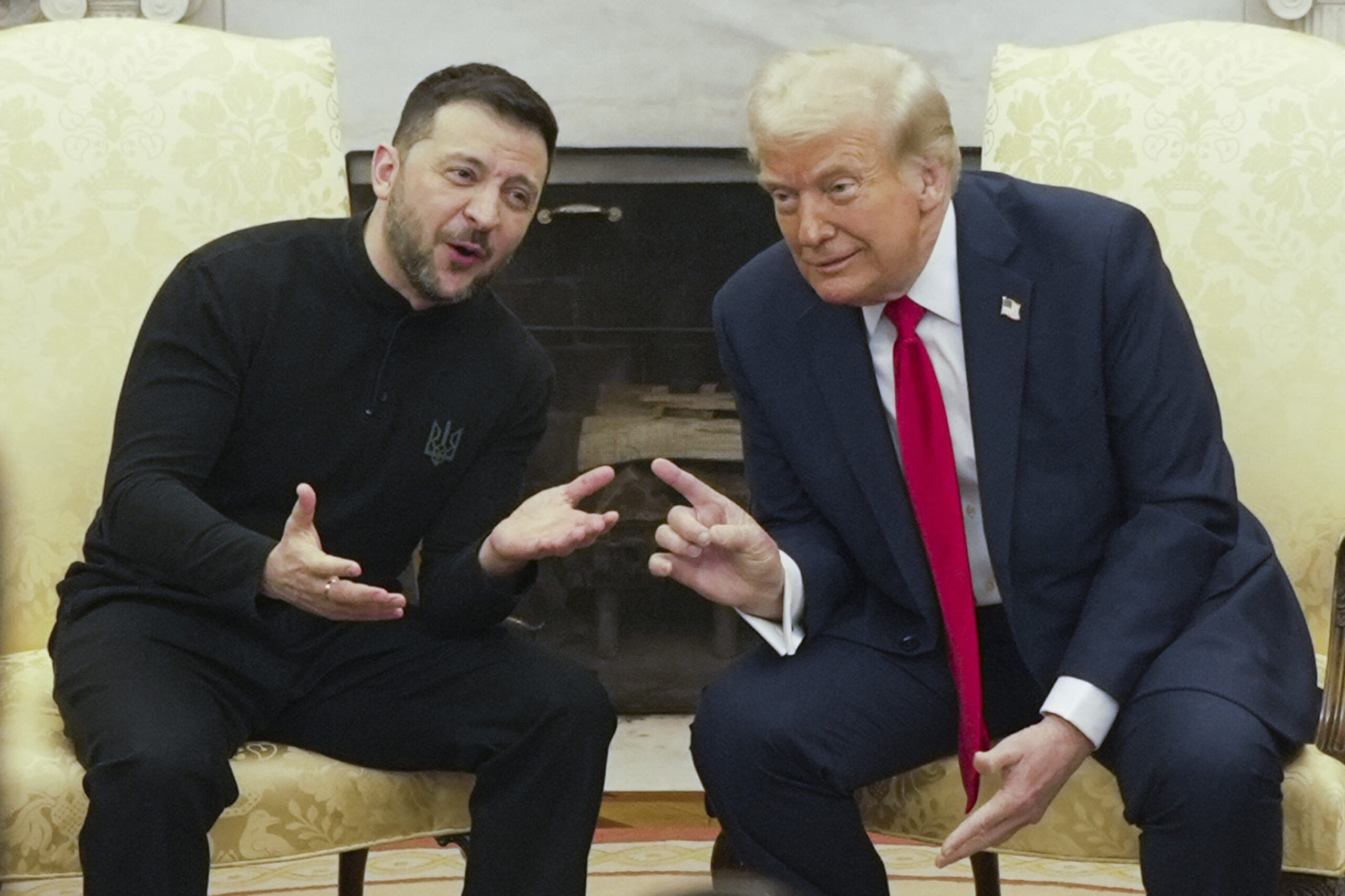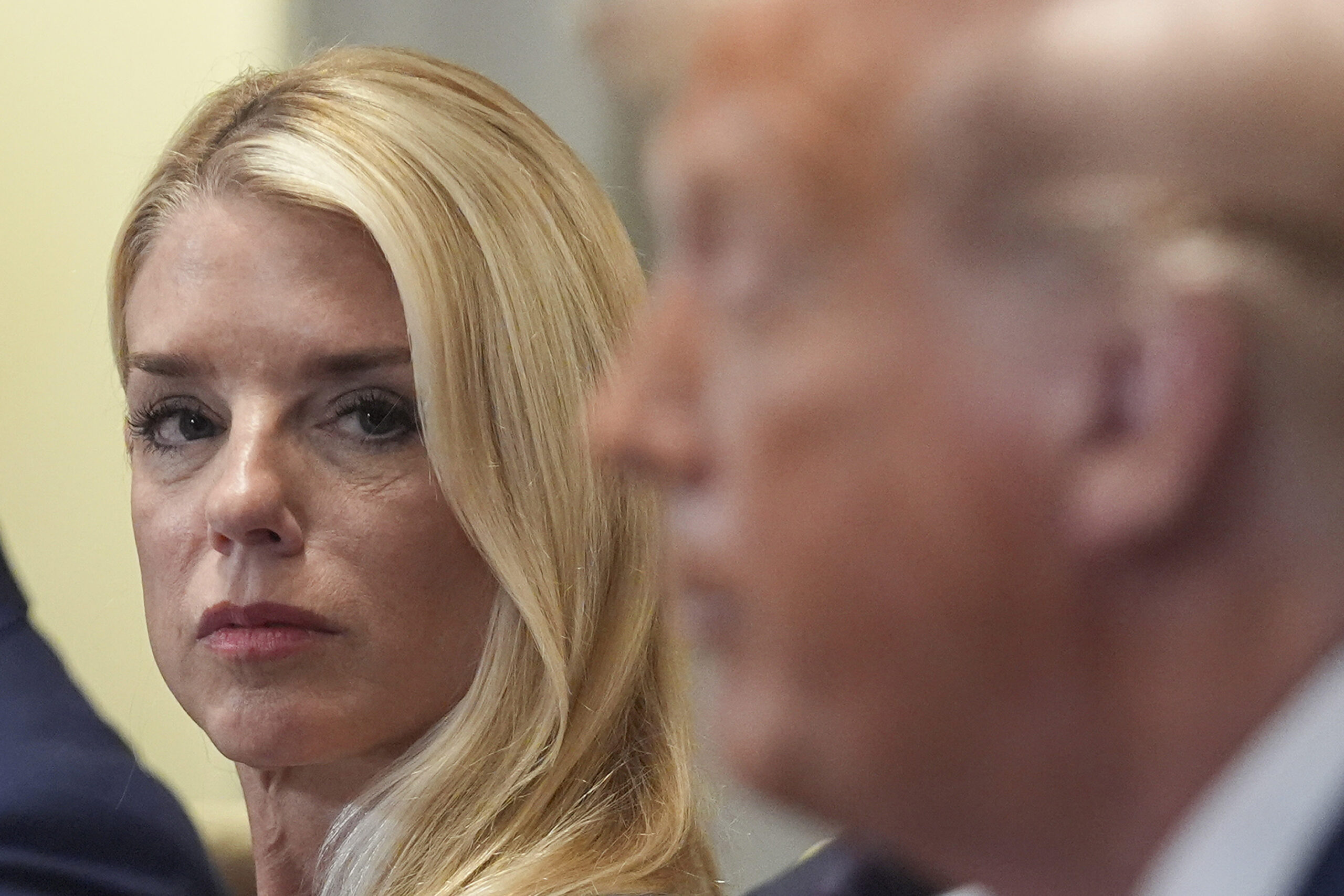
Monday was the first day of early voting in Georgia, and images of lines stretching from polling places to the horizon went viral. Many people who saw the images reacted with understandable shock, including activists and reporters who noted that the lines were indicative of voter suppression within the state.
The secretary of state’s office denied this, stating “Georgia is seeing record turnout for early voting because of excitement and enthusiasm for the upcoming election. Long lines are to be expected—voters need to be aware of all of their options including three weeks of early voting, no-excuse absentee and in-person voting day of the election.”
But consider the source: Georgia’s last secretary of state, Brian Kemp, oversaw his own race for the governor, which he won amid serious accusations of voter suppression. Nevertheless, some reporters echoed Kemp’s Republican successor, vouching for the notion that the lines were likely due to a combination of factors: Monday was the first day of early voting, and a federal holiday as well—not the intended effect of voter suppression.
While these two factors may have contributed to the extremely long lines, it strains credulity to imagine that they fully explain why some voters waited upwards of 10 hours to cast their ballots—that other factors didn’t contribute.
For instance: The state of Georgia currently allows all voters to cast absentee ballots without excuse–an option that, in theory, should reduce the number of people who show up at polling places to vote in person.
But that ignores crucial context. President Trump and the Republican Party as a whole have repeatedly undermined public faith in the vote-by-mail process. Trump alone has lied over 100 times about the security of voting by mail. Georgia’s Senator, Kelly Loeffler, echoed these lies when she said, “With the potential for voter fraud and ballot tampering at our doorstep, we must do everything in our power to crack down on bad actors and ensure the integrity of our elections.” Yet vote-by-mail has a statistically imperceptible fraud rate.
Trump’s disinformation about the security of the election is a form of voter suppression, which has likely persuaded many voters to decide to cast their votes in person during a pandemic, when they may have chosen to vote by mail otherwise.
Georgia also has its own sordid history of suppressing votes, and has shown itself to be an untrustworthy steward of elections.
The Supreme Court’s decision in Shelby v. Holder seven years ago freed the state of Georgia from the federal preclearance requirements set by the Voting Rights Act of 1965. The Voting Rights Act required that states like Georgia, which had engaged in racist and discriminatory voting practices, obtain federal approval before changing their voting laws and practices. This requirement was designed to stop the slow reimposition of thinly disguised voting-rights violations.
In her dissent against the 2013 ruling, the late Justice Ruth Bader Ginsburg wrote that “throwing out preclearance when it has worked and is continuing to work…is like throwing away your umbrella in a rainstorm because you are not getting wet.”
Her words were prescient. In the years since Shelby v. Holder, Georgia has been the epicenter of numerous instances of voter suppression, particularly against voters of color.
Since the 2018 election, the state has been the defendant in multiple lawsuits, which cite highly restrictive voter-registration requirements, the closure of over 200 polling places, the purging of hundreds of thousands of voters, and the failure of the state to prepare for high voter turnout. Then-Secretary Kemp expressed public concern over the turnout efforts of his opponent, Stacey Abrams, in the most damning possible terms. It “continues to concern us,” he said, “especially if everybody uses and exercises their right to vote.”
Georgia’s Republican House Speaker David Ralston echoed both Kemp and Trump this year when he stated that “[there are] a multitude of reasons why vote by mail in my view is not acceptable…the president said it best, this will be extremely devastating to Republicans and conservatives in Georgia.” Never one to keep his true motives hidden, Trump explained his opposition to mail voting earlier this year in purely partisan terms. “They had things, levels of voting that if you ever agreed to, you would never have a Republican elected in this country again.”
In 2018, Kemp froze the registrations of over 50,000 voters, 70 percent of whom were African American. Of those 50,000 voters, Kemp’s office incorrectly marked more than 3,000 as ‘non-citizens.’ As recently as August of this year, Georgia’s current Secretary of State Brad Raffensperger hoped to shift thousands of voters to ‘inactive’ status if their absentee ballot applications were returned to the state as undeliverable.
The Brennan Center for Justice has found that the increased availability of early voting in the state failed to fully offset polling place closures. According to the group’s analysis, voters cast an average of 530 ballots at in-person polling places on Election Day in 2014. In 2018, that number soared to 770, an increase of nearly 50 percent. The state has shuttered polling places faster than voters have been able to switch from Election Day voting to early voting.
The extent to which voter enthusiasm and the holiday weekend contributed to the long lines in Georgia on Monday may be worth studying and even noting as factors that exacerbated existing problems. But the central issue is that Georgia’s election officials have repeatedly engaged in efforts to suppress and disenfranchise voters, resulting in an environment where voters have legitimate concerns about their ability to vote. According to lawsuits filed against the Georgia secretary of state, during the 2020 primary election at polling places where minorities constitute more than 90 percent of active registered voters, the average minimum evening wait time was 51 minutes. Where white voters constitute more than 90 percent of registered voters, the average was around six. Put another way, if Georgia wants people to be able to vote without waiting in hours-long lines, it is within its power, and indeed is something the state already does for white voters.
According to the 2014 Presidential Commission Report on Election Administration, “No citizen should have to wait more than 30 minutes to vote; jurisdictions can solve the problem of long lines through a combination of planning, including use of the tools noted in this Report, and the efficient allocation of resources.” Georgia had already failed Black voters on this score, regardless of the impact current voter enthusiasm has had on turnout in 2020.
Which is all to say that if you reacted viscerally and with disgust to the endless lines in Georgia, you weren’t being hysterical, you were correct. If all it takes to paralyze a polling place is a predictable surge in turnout and weekend-like conditions, then the state has failed—even if the wait times shorten somewhat in the days ahead.



